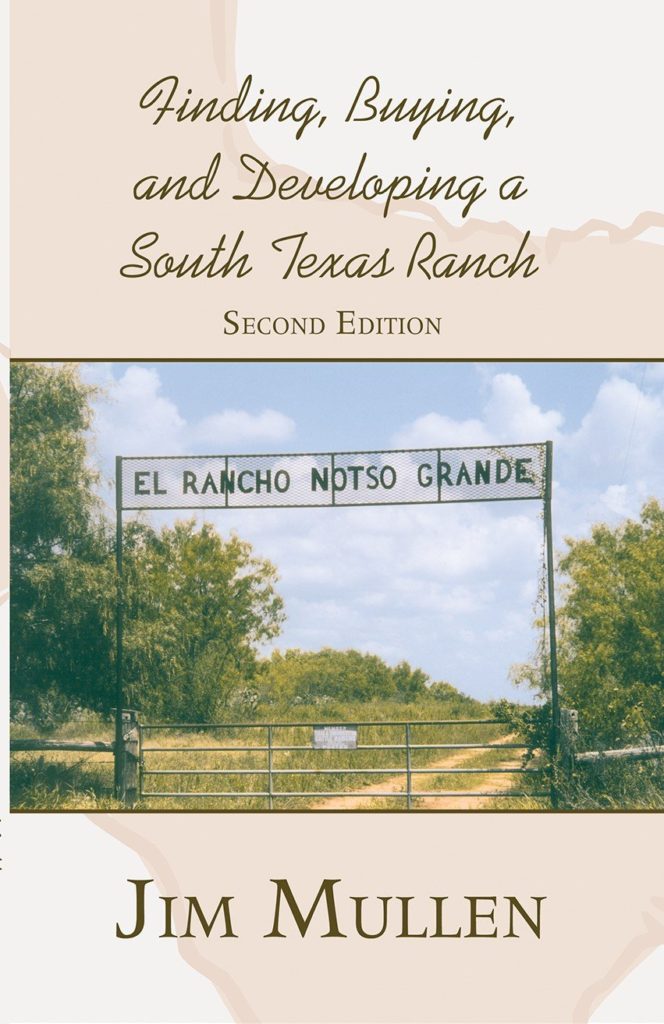As a certified wildlife biologist representing ranch buyers, particularly those wanting to hunt Bobwhite quail, I am often tasked with finding something in the “sand sheet”. What is the sand sheet and why does it have the reputation of being the very best quail country in Texas, or the world for that matter?

The South Texas sand sheet is well defined and mapped. From the air, it is easily identified due to the openness of the brush which is dictated by the extremely sandy soils. Using the USDA Web Soil Survey, you can see that true sand sheet soil runs 90% or better sand as a percentage of the soil profile. I usually define “good” quail soils as 75% sand or more, but is more necessarily better?
Sand as a component of the soil profile allows water to penetrate better than clay with loamy soils falling in the middle. A light rain on 90% sand therefore, will do more for forbs and grasses than one on a heavier, more clayey soil. And since quail subsist on forbs in their diet, both for seed as well as the bugs attracted to the forbs, then the sandier the better? Not so fast. As the sand percentage climbs, the moisture storage ability of the soil goes down. Everyone knows pure sandbox sand is a poor choice for the garden and it is the same in Nature. Pure sand does not retain moisture and in a drought, 90% sand becomes dry and non-productive. Plants in pure sand dry up and wither before they can produce the seeds or attract and hold the bugs quail need.

The saving factor for the South Texas sand sheet is it’s proximity to the Gulf of Mexico. Starting along the coast and gradually dropping off with distance, the relative humidity is higher and rainfall is more frequent reducing the effects of drought and dryness. So while there are other places with very sandy soils such as the Pearsall area, or way up in the Rolling Plains, because of the distance from the coast, and thus the lack of high humidity and frequent showers, drought is devastating in those areas. When these areas receive adequate moisture in a timely fashion, quail numbers can equal the sand sheet. And because the less sandy soils hold moisture better, in times of widespread drought, the red sandy soils around Pearsall/Cotulla can actually have more quail than the sand sheet. The Rolling Plains are a bit different since snowfall can at times fulfill the moisture requirement.

The sand sheet is huge, but about half of it is owned by three or four large owners who have no intention/need to sell. This makes for a restricted market and thus higher prices than would be justified by the productivity of the land. Recently 350 acres some 12 miles from pavement with no deeded access sold for $3,000 per acre. All a deep sand, it could perhaps carry 10 cows and has no farming potential, so was it worth it? Sure it was for a quail hunter. That new owner knows he/she will not have any major brush management expenses to maintain the perfect quail openness and, as long as it rains occasionally and the Gulf keeps the humidity up, doesn’t even need to seasonally disk for forbs. A bonus is the abundance of Big and Small bluestem, perfect quail nesting grasses.
So the South Texas sand sheet is the best quail country in the world. However, tracts in the sand sheet rarely come up for sale and I caution the buyer to beware of flim-flam marketing in that area. Take the time to research the soils and the average precipitation/humidity. Often time ranches are marketed as being in the “sand sheet” also known as the “mott country”, but a little time online and in the truck driving the ranch will prove otherwise.







